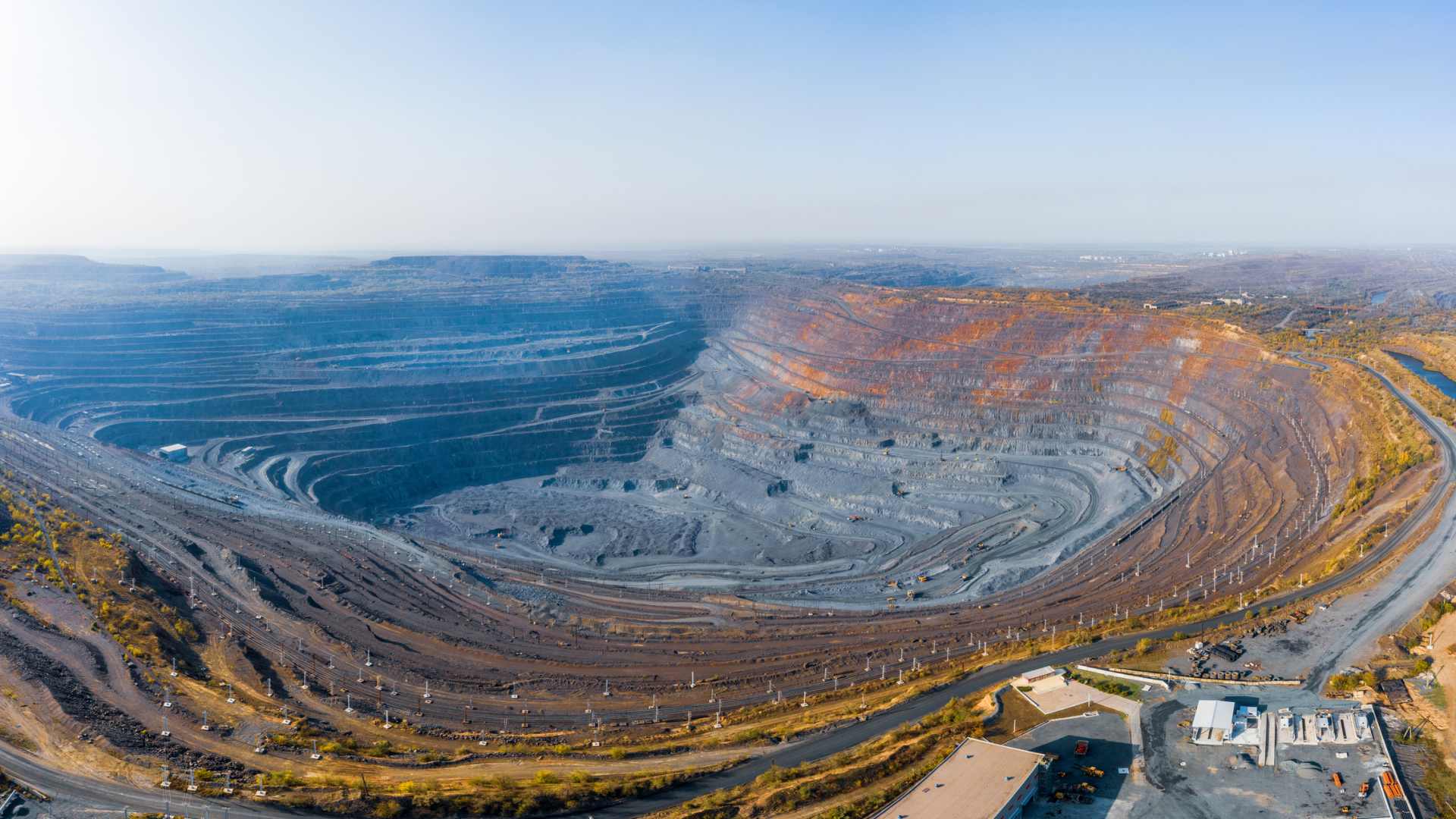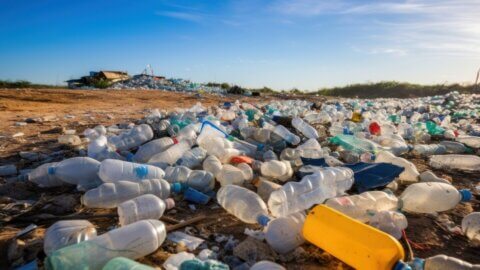
Resource depletion stands as a critical global challenge, characterized by the unsustainable consumption of the Earth’s finite natural resources. From the mining of precious minerals to the extraction of fossil fuels and the exploitation of water bodies, the pace at which we consume natural resources is far outstripping the Earth’s ability to replenish them. This global issue not only impacts the environment but also poses serious economic and social threats, prompting an urgent need for comprehensive strategies to mitigate its effects.
Causes of Resource Depletion
The primary drivers include overconsumption, waste, and the growth of industrial and technological sectors that demand extensive raw materials. Intensive agricultural practices further exacerbate the depletion by eroding soil and depleting water resources. These factors are prevalent worldwide, with industrialized and developing nations alike grappling with the consequences.
Primary Areas Affected
- Fossil Fuels: Global reliance on oil, coal, and gas continues unabated, contributing to energy crises and geopolitical tensions in key areas like the Middle East and Russia.
- Minerals and Metals: The demand for rare minerals critical for modern technologies, such as lithium for batteries and cobalt for electronics, creates hotspots of environmental degradation, particularly in Africa and Asia.
- Water Resources: Over-extraction of groundwater and pollution of rivers and lakes are widespread, affecting countries from the United States to India and China.
- Forests and Biodiversity: Massive deforestation in the Amazon, Congo Basin, and Southeast Asia illustrates the global scale of forest depletion impacting biodiversity and climate regulation.
Impacts of Resource Depletion
Resource depletion leads to significant environmental impacts including habitat loss, biodiversity decline, and increased carbon emissions. Economically, it causes fluctuations in commodity prices and can spark resource-based conflicts. Socially, it displaces communities, reduces the quality of life, and can even trigger international migrations.
Efforts to Mitigate Resource Depletion
Efforts to address resource depletion involve global cooperation and national initiatives aimed at promoting sustainable practices. These include adopting renewable energy sources, implementing stricter environmental regulations, and promoting recycling and conservation programs. International agreements and collaborations also play a crucial role in managing transboundary natural resources and fostering sustainable development practices.
Highlights of Resource Depletion in the U.S.
Resource depletion in the United States exemplifies a range of unique challenges and responses tied to its economic activities and natural resource management. Here are some key highlights:
- Groundwater Overuse: The U.S. faces significant issues with groundwater depletion, particularly in agriculturally intensive regions such as the Central Valley of California and the High Plains Aquifer system. These areas have seen water levels drop due to over-extraction for irrigation and urban use, leading to concerns about the sustainability of water resources.
- Energy Consumption and Fossil Fuels: The U.S. remains one of the largest consumers of fossil fuels globally, despite significant advances in renewable energy. Coal, oil, and natural gas extraction continue to have substantial environmental impacts, including habitat disruption, water pollution, and air quality degradation.
- Mining Impacts: The extraction of minerals and metals, including coal, copper, and rare earth elements, poses environmental challenges. Mining operations have historically led to land degradation, water contamination, and air pollution. Efforts to reclaim and rehabilitate mined land are ongoing but face technical and financial hurdles.
- Forestry and Land Use: Deforestation and forest degradation occur in the U.S., primarily due to urban expansion, logging activities, and wildfires, which are increasingly exacerbated by climate change. The loss of forests impacts biodiversity, carbon storage, and soil stability.
- Regulatory Framework: The United States has developed a robust regulatory framework to address resource depletion, including laws and policies such as the Clean Water Act, the Clean Air Act, and the Endangered Species Act. These regulations aim to mitigate the environmental impacts of resource depletion and promote sustainable resource use.
Startling Facts About Resource Depletion
Global Facts
- Global Water Crisis: By 2025, two-thirds of the world’s population may face water shortages, and ecosystems around the world are drying up. (Source: United Nations)
- Deforestation Rates: Each year, the Earth loses approximately 10 million hectares of forest, equivalent to 27 soccer fields every minute. (Source: FAO)
- Fisheries Depleted: 90% of the world’s fisheries are fully exploited, overexploited, or depleted due to overfishing. (Source: FAO)
- Soil Degradation: Globally, 75 billion tons of soil from arable land are lost annually, significantly reducing crop yields and food security. (Source: United Nations Convention to Combat Desertification)
- Plastic Pollution: Over 300 million tons of plastic are produced every year, with 8 million tons ending up in the ocean annually. (Source: UNEP)
- Urban Expansion: It’s estimated that 2.5 billion more people will be living in cities by 2050, greatly increasing the demand for resources and leading to further depletion. (Source: United Nations)
- Rare Earth Extraction: Global demand for rare earth elements is expected to increase exponentially, with supplies becoming increasingly difficult to obtain due to geopolitical tensions and limited sources. (Source: International Energy Agency)
- Carbon Budget Running Low: At current rates of emission, the world is predicted to exhaust its carbon budget for staying below 1.5°C in less than seven years. (Source: Intergovernmental Panel on Climate Change)
- Energy Consumption: Global energy consumption is projected to increase by 50% by 2050, putting further pressure on already strained resources. (Source: U.S. Energy Information Administration)
- Biodiversity Loss: The Earth is currently experiencing the sixth mass extinction, with up to 1 million species at risk of extinction, many within decades, largely due to human activities like resource depletion. (Source: IPBES)
U.S. Facts
- Water Overdrawn: 40 out of 50 U.S. states expect some level of water shortage within the next decade, largely due to overuse and drought conditions. (Source: U.S. Government Accountability Office)
- Coal Consumption: The U.S. has closed over 300 coal-fired power plants since 2010 due to resource depletion and environmental concerns, representing about 50% of the total operating in 2010. (Source: Sierra Club)
- Topsoil Erosion: The U.S. loses about 1.7 billion tons of topsoil every year, primarily due to water and wind erosion in agricultural areas. (Source: USDA)
- Forests at Risk: Approximately 1 million acres of U.S. forest are converted to non-forest use every year, largely driven by urban expansion and agriculture. (Source: American Forests)
- Fossil Fuel Dependency: Despite advances in renewable energy, fossil fuels still comprised about 80% of U.S. energy consumption in 2020. (Source: U.S. Energy Information Administration)
- Rare Earths Dependency: The U.S. imports over 80% of its rare earth elements from China, critical for electronics and military equipment, highlighting vulnerability in resource supply chains. (Source: U.S. Geological Survey)
- Wildlife Threatened: Over 12,000 species are at risk of extinction in the U.S. due to habitat loss, pollution, and resource depletion. (Source: National Wildlife Federation)
- Mining Wastes: The mining industry in the U.S. generates approximately 1.5 billion tons of waste every year, including toxic tailings. (Source: EPA)
- Agricultural Drawdown: The Ogallala Aquifer, one of the world’s largest aquifers located in the Midwest, is depleting at a rate of about 800 gallons per minute, largely due to agricultural irrigation. (Source: U.S. Geological Survey)
- Natural Gas Flaring: In 2019, the U.S. flared a record amount of natural gas, enough to power approximately 10 million homes for a year, reflecting inefficiencies and resource wastage. (Source: World Bank)
How You Can Help
Combatting resource depletion requires action at multiple levels, from individual choices to community initiatives. Here’s how you can contribute to making a significant difference:
- Reduce, Reuse, Recycle: Start with the basics of waste reduction. Minimize your use of disposable products, repurpose what you can, and recycle the rest. Support recycling programs in your community and advocate for improved local facilities.
- Conserve Water: Every drop counts when it comes to conserving water. Fix leaks, invest in water-efficient fixtures, and choose drought-resistant plants for your garden. Consider collecting rainwater for outdoor use and be mindful of water usage in your daily routines.
- Support Renewable Energy: If possible, switch to renewable energy sources for your home. Solar panels are becoming more affordable and can significantly reduce your carbon footprint. Support policies and initiatives that promote the development of renewable energy infrastructure.
- Educate Yourself and Others: Awareness is the first step towards change. Educate yourself about the causes and impacts of resource depletion, and share this knowledge with friends, family, and community members. Awareness campaigns can shift public perception and lead to collective action.
- Advocate for Sustainable Policies: Engage with your local and national representatives to support legislation that protects and conserves natural resources. Advocacy can influence public policy and lead to significant environmental benefits.
- Choose Sustainable Products: Opt for products made with sustainable materials and ethical practices. Support companies that prioritize sustainability in their sourcing and production processes.
- Participate in Local Conservation Efforts: Join local environmental groups or participate in community projects focused on resource conservation. Whether it’s a community garden, a clean-up day, or a local conservation program, your involvement can make a direct impact.
By taking these steps, you can help mitigate the effects of resource depletion and contribute to a more sustainable future. Your actions, both big and small, play a crucial role in conserving our planet’s precious resources.




